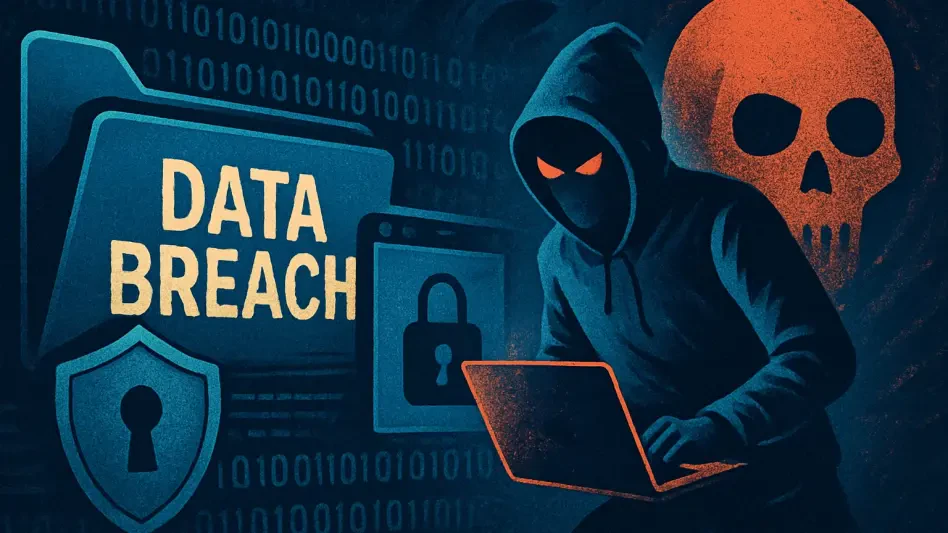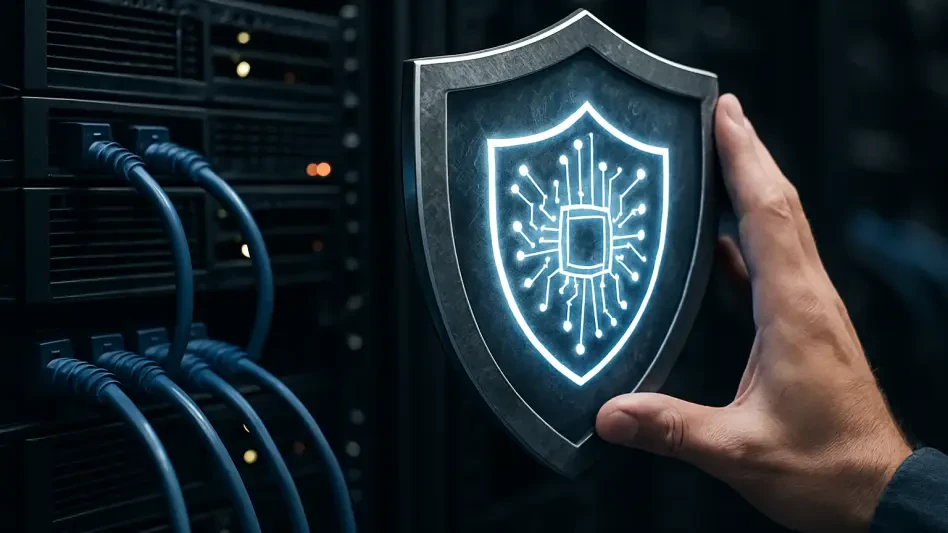In a digital world where cybersecurity threats are constant and evolving, North Korean hackers have demonstrated an alarming level of sophistication through their use of the ClickFix social engineering method. This advanced cyber espionage technique, which preys on unsuspecting victims, involves the use of deceptive error prompts designed to lure targets into executing hacker-provided code. Once victims fall for the trap, their devices become compromised, leading to data exfiltration. Key players in the hacking scenario include groups dubbed Emerald Sleet, Kimsuky, and VELVET CHOLLIMA. These hackers are particularly targeting individuals in international affairs, NGOs, government agencies, and media entities spanning North America, South America, Europe, and East Asia.
The Art of Deception and Initial Compromise
The ClickFix campaign kicks off with North Korean hackers assuming the identities of South Korean government officials. This impersonation tactic is cunningly crafted to establish a false sense of trust with the victims. The hackers then dispatch malicious emails, which come with PDF attachments that contain insidious code. Once the victim opens these attachments, they unknowingly initiate a malicious PowerShell execution. This cleverly designed script subsequently installs a remote desktop tool on the victim’s device. The compromised device is then registered onto a server controlled by the hackers, setting the stage for further attacks and extensive data extraction operations.
This particular technique is far from a one-off incident. Back in December 2024, similar tactics were detected where ClickFix was employed to unleash FERRET malware on macOS devices. In these instances, the malware was deployed through deceptive job interview lures, culminating in the installation of a Python backdoor. The execution of such socially-engineered attacks underscores the hackers’ ability to both innovate and exploit common human behaviors, making their methods increasingly hard to detect and defend against.
Widening Reach and Persistent Threats
The reach of these cyber espionage campaigns has been notably broad, impacting sectors and individuals on multiple continents. By targeting organizations and key individuals involved in sensitive international matters, these hackers attempt to gather a wealth of classified information that could be leveraged to North Korea’s advantage. This includes data from government agencies, non-governmental organizations, and various media outlets. The global scale of these operations illustrates the hackers’ strategic approach in choosing high-value targets that can offer substantial intelligence gains.
While the observed attacks might seem limited in scope since January 2025, it is critical to understand that such findings are indicative of an evolving and persistent threat. These hackers have shown a commendable level of adaptability, constantly refining their techniques in order to stay ahead of cybersecurity defenses. Microsoft, acknowledging the severity and sophistication of these threats, has taken steps to alert potential victims and stress the importance of adopting robust anti-phishing solutions and comprehensive user training to mitigate these risks.
Proactive Measures and Future Considerations
In light of these findings, it becomes evident that current cybersecurity defenses must evolve in order to counter such advanced attacks. Highly recommended measures include investing in state-of-the-art anti-phishing solutions that can detect and block such social engineering techniques before they reach the intended targets. Regular and thorough user training is equally essential, as it instills a critical awareness among individuals about the nature of these threats, thereby reducing the likelihood of successful compromises.
Moreover, organizations should also consider proactive threat-hunting exercises to identify potential breaches early on. By deploying advanced threat detection tools, cybersecurity professionals can stay one step ahead of the attackers. The consistent application of security patches and regular system updates also play a pivotal role in hardening defenses against such exploitative tactics. It has become crucial for entities to foster a culture of cybersecurity mindfulness, ensuring that vigilance and proactive measures are at the forefront of their defense strategy.
Conclusion and Implications for the Future
In today’s digital landscape, where cybersecurity threats are ever-present and continuously evolving, North Korean hackers have shown an unsettling degree of sophistication through their utilization of the ClickFix social engineering technique. This highly advanced cyber espionage strategy preys on unsuspecting individuals by using misleading error prompts to trick them into running code provided by the hackers. Once the targets are deceived, their devices get compromised, resulting in data theft. Prominent groups involved in these hacking activities include Emerald Sleet, Kimsuky, and VELVET CHOLLIMA. These cybercriminals particularly focus on people engaged in international relations, non-governmental organizations (NGOs), government institutions, and media outlets across North America, South America, Europe, and East Asia. Their actions underline the critical need for robust cybersecurity measures to safeguard sensitive information and protect against such sophisticated attacks.





